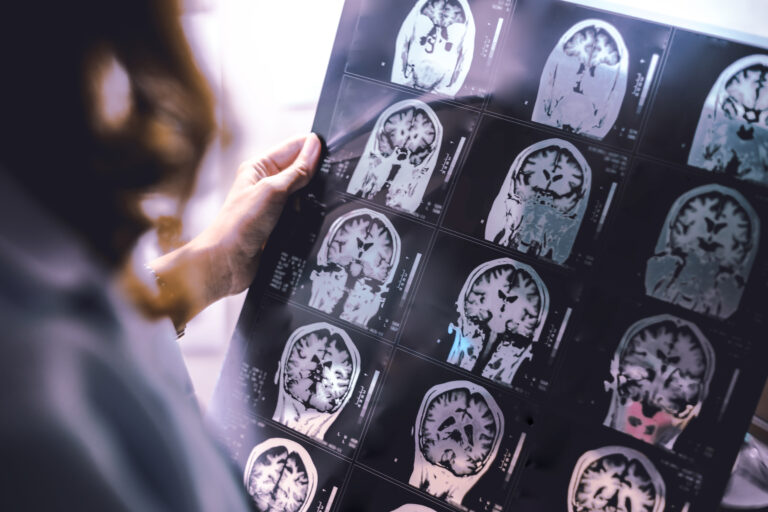Non-Hodgkin’s lymphoma (NHL) is a group of cancers that start in the lymphatic system, mainly affecting white blood cells called lymphocytes. Over the years, treatment options have expanded, but a major challenge remains: some patients do not respond to therapy, or their cancer comes back after initial success. This is called treatment resistance. Researchers are working hard to understand why this happens and how to overcome it.
## Understanding Treatment Resistance
Treatment resistance in non-Hodgkin’s lymphoma means that the cancer cells find ways to survive despite drugs or therapies designed to kill them. This can happen right from the start (primary resistance) or develop over time as the cancer changes (acquired resistance). The reasons for resistance are complex and involve changes in both the cancer cells themselves and their surroundings.
## How Cancer Cells Become Resistant
**Genetic Changes:** Lymphoma cells can mutate their DNA over time. These mutations might help them hide from the immune system or make them less sensitive to chemotherapy drugs.
**Antigen Escape:** Some treatments, like CAR-T cell therapy, work by targeting specific markers on cancer cells. If these markers disappear or change (a process called antigen escape), the treatment can no longer find and attack the lymphoma.
**Microenvironment Tricks:** The area around a tumor—called the tumor microenvironment—can protect cancer cells. For example, it might release signals that suppress immune responses or create physical barriers that keep drugs out.
**Metabolic Stress:** Cancer treatments can put stress on both healthy and cancerous cells. Sometimes, this stress makes it harder for immune therapies like CAR-T cells to survive long enough in the body to fight off all of





